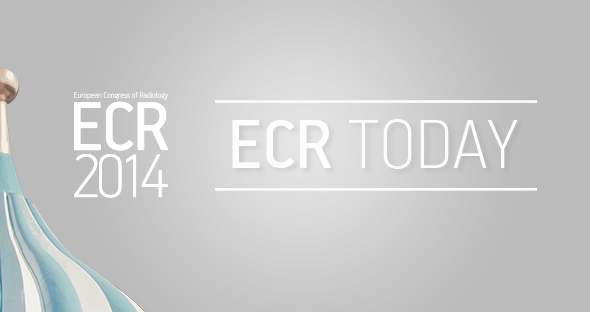Experts explain how to avoid pitfalls in FDG PET/CT imaging
Watch this session on ECR Live: Thursday, March 6, 16:00–17:30, Room I/K
Tweet #ECR2014IK #SF3
The demand for PET/CT studies is increasing and so is the need for radiologists to improve their knowledge of this important modality. One of the many areas that require their attention is the occurrence of pitfalls related to the uptake of Fludeoxyglucose (18F), commonly called FDG, the most commonly used tracer in PET/CT imaging. A dedicated Special Focus session at the ECR will offer attendees useful clues on how to avoid these pitfalls and correctly interpret images.

Katrine Åhlström Riklund is director of the medical school and deputy head of the department of radiation sciences at Umeå University, Sweden. She is 2nd vice-chairperson of the ESR’s Congress Committee.
FDG uptake by tissue is also a marker for glucose uptake, which is closely correlated with certain types of tissue metabolism. This means that FDG can show not only disease-related changes but also normal, healthy metabolic changes in the body. “Not everything that shines is pathological. To know the difference, you have to train and learn what is really a disease and what is the physiological distribution of this tracer,” said Professor Katrine Åhlström Riklund, a radiologist specialised in nuclear medicine at Umeå, Sweden, who will moderate the session.
To help radiologists, speakers will share advice regarding FDG uptake in oncology, neurology and cardiology.
Most FDG PET/CT studies are currently being carried out to help stage cancer, and plan and follow-up therapy. The combination of FDG and PET/CT imaging is particularly useful in several different malignancies. Because a tumour cell divides rapidly and has a high rate of metabolism, FDG uptake usually corresponds to disease. Once physicians know the extent of the disease, they can make a more accurate diagnosis and treatment plan, especially in targeted therapies.
